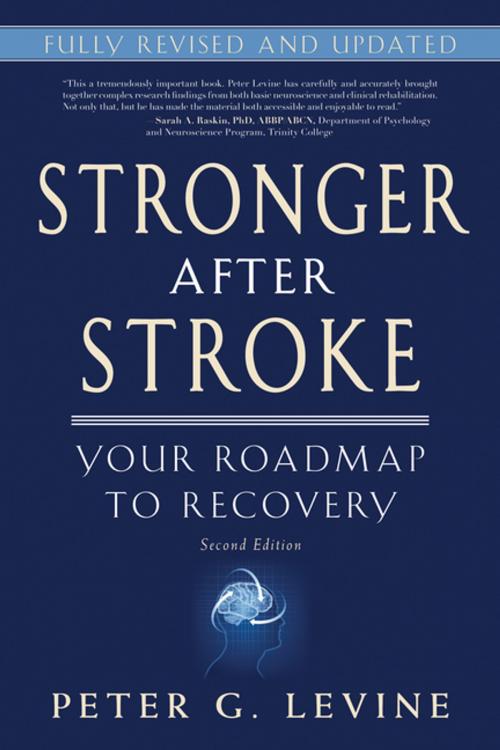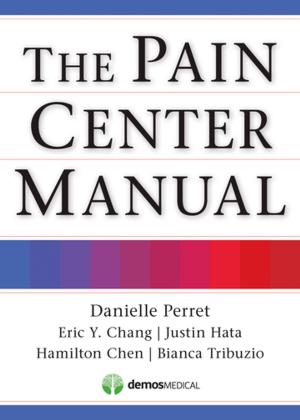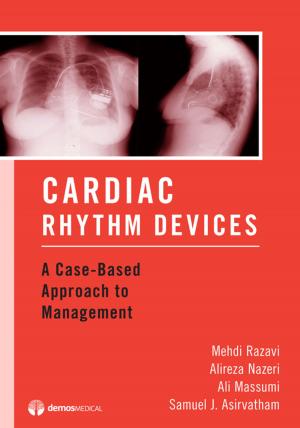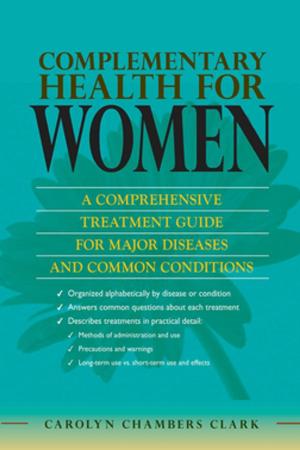Stronger After Stroke, Second Edition
Your Roadmap to Recovery
Nonfiction, Health & Well Being, Health, Healing| Author: | Peter G. Levine | ISBN: | 9781617051500 |
| Publisher: | Springer Publishing Company | Publication: | December 12, 2012 |
| Imprint: | Demos Health | Language: | English |
| Author: | Peter G. Levine |
| ISBN: | 9781617051500 |
| Publisher: | Springer Publishing Company |
| Publication: | December 12, 2012 |
| Imprint: | Demos Health |
| Language: | English |
Stronger After Stroke puts the power of recovery in the reader's hands by providing simple-to-follow instructions for reaching the highest possible level of recovery. Basic concepts covered include repetition of task-specific practice, proper scheduling of practice, setting goals and measuring recovery.
Sections new to the second edition cover the latest research from neuroscience, treatments for recovering sensation as well as recovery strategies for the young stroke survivor. Also included is a breakdown of the phases of recovery and how these phases can provide structure to efforts towards recovery.
Stronger After Stroke promotes:
- Repetition of task-specific movements
- Proper scheduling of practice
- Challenges at each stage of recovery
- Setting goals and recognizing when they have been achieved
The second edition is completely revised throughout incorporating feedback from readers and the latest research data. Peter has written a new chapter on "recovery core concepts" that defines the stages of recovery and explains how these stages can structure efforts toward recovery. There is also a new Question and Answer section culled from the talks Peter regularly gives on the subject.
Stronger After Stroke puts the power of recovery in the reader's hands by providing simple-to-follow instructions for reaching the highest possible level of recovery. Basic concepts covered include repetition of task-specific practice, proper scheduling of practice, setting goals and measuring recovery.
Sections new to the second edition cover the latest research from neuroscience, treatments for recovering sensation as well as recovery strategies for the young stroke survivor. Also included is a breakdown of the phases of recovery and how these phases can provide structure to efforts towards recovery.
Stronger After Stroke promotes:
- Repetition of task-specific movements
- Proper scheduling of practice
- Challenges at each stage of recovery
- Setting goals and recognizing when they have been achieved
The second edition is completely revised throughout incorporating feedback from readers and the latest research data. Peter has written a new chapter on "recovery core concepts" that defines the stages of recovery and explains how these stages can structure efforts toward recovery. There is also a new Question and Answer section culled from the talks Peter regularly gives on the subject.















